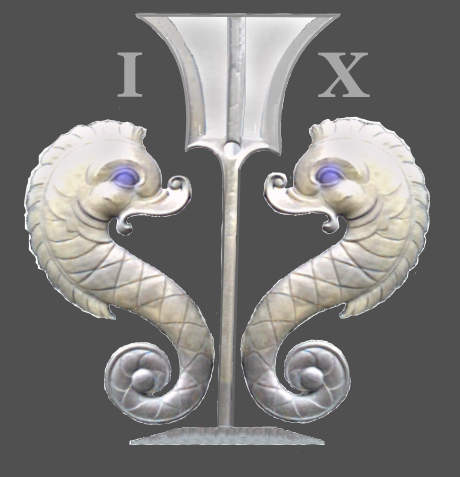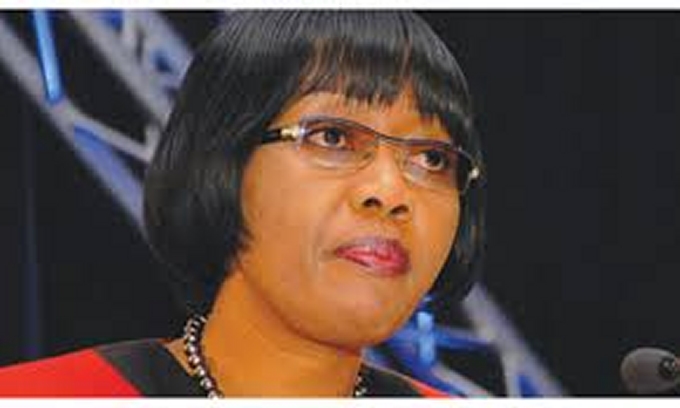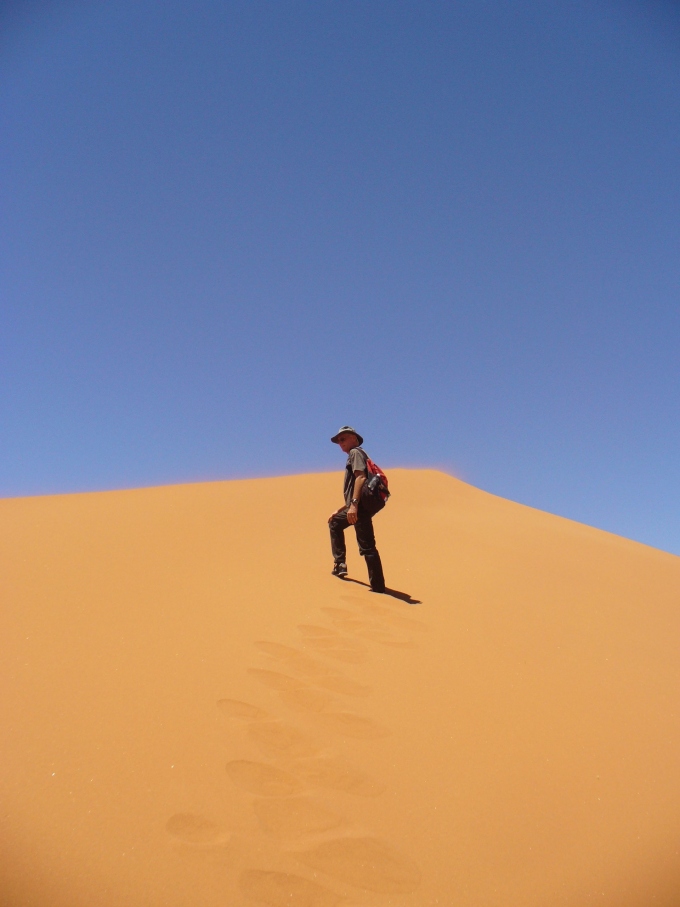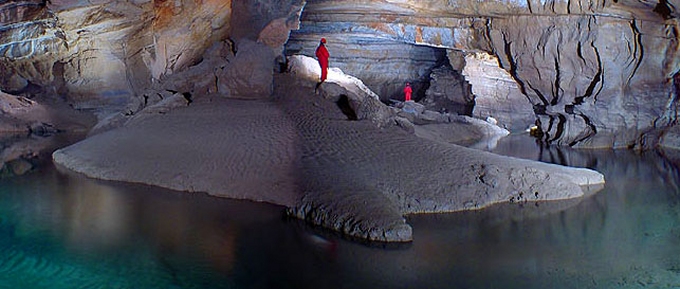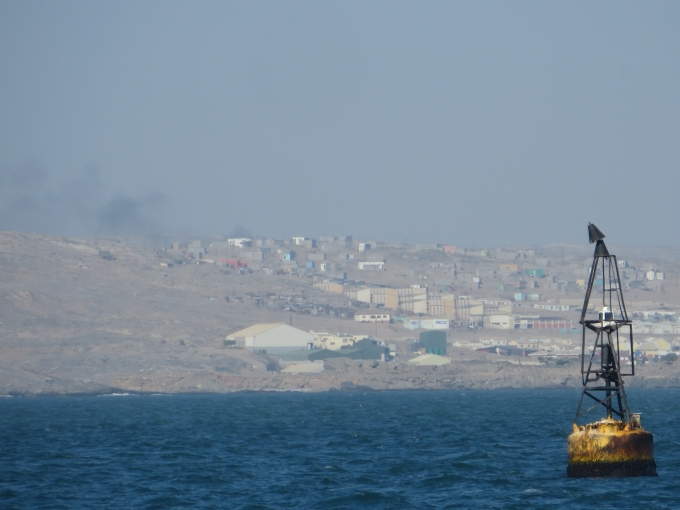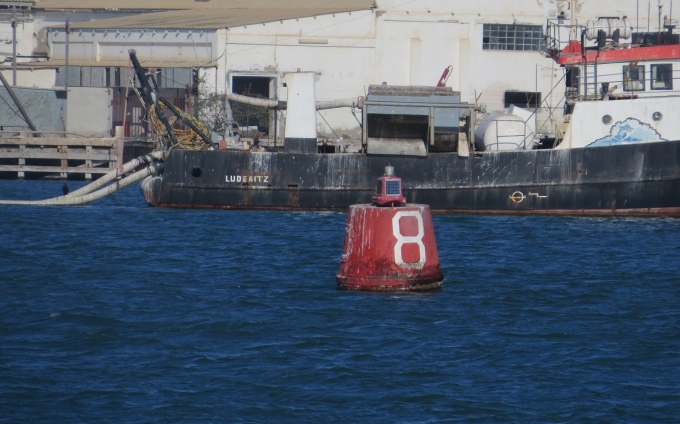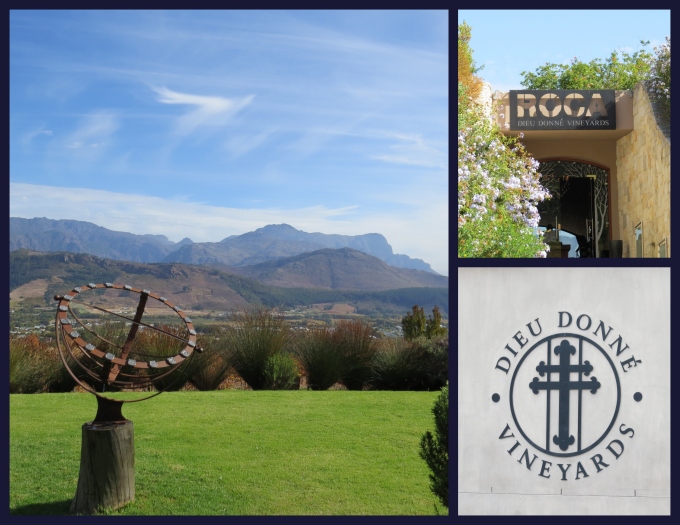Welcome to Namibia
/Here we are in Namibia and it's just possible that a few of you had to dig out your atlases or world maps to figure out exactly where we are. One thing about cruising … your geography improves. Although if you talked to our Quiz Night partners, they'd never believe it.

Formerly known as South West Africa, Namibia was originally inhabited by the San people (bushmen) and later several native people migrated to the area including the Owambo, the Herero and the Damara. Today, the San make up less than 3% of Namibia's ~2.3 million population and the Owambo people constitute about 45%. The country recognizes nine separate national languages, of which Oshiwambo (the language of the Owambo) is most widely spoken. We've had no problem finding English speakers though.
The Portuguese were the first Europeans to land and explore the the area. Explorer Diogo Cao came ashore at Swakopmond in 1484, followed closely by Bartolomeu Dias in 1486, for whom Dias Point and its lighthouse are named. Namibia became a German protectorate in 1884 and remained as such until the end of WWI when the South Africans were appointed to oversee the territory by the League of Nations. When South Africa adopted the apartheid policy, the UN revoked their mandate to govern the territory in 1966, but the South Africans ignored the UN resolution and continued its occupation of the South West Africa Territory.
Namibia is one of the newest democratic nations in Africa, only gaining its independence from South Africa in 1990, following the Namibian War of Independence (1966-1990). The country is considered politically, socially and economically stable which is saying a lot for a young African nation. It's a pretty progressive country having just elected its first female Prime Minister, Saara Kuugongelwa Amadhila, who took office in March 2015.
Some interesting facts about Namibia:
Namibian currency is the Namibian dollar, but is on par with the South African rand and both currencies are accepted equally. Interestingly, Namibian dollars are referred to as “bucks”, just like in the USA.
Namibia has the world's highest population of free-roaming cheetahs.
Both the Kalihari and the Namib Deserts cover much of Namibia's land area. The Namib Desert is thought to be the oldest desert in the world (80 million years old) and reputedly has the highest sand dunes. We climbed some multi-story high dunes at Sossusvlei /Sesriem last time we visited in 2007.
The Hoba Meteorite is the world's largest complete meteorite and the most massive naturally occurring piece of iron known at the Earth's surface. Discovered by a farmer plowing his field in northeast Namibia, the meteor weighs in at 60+ tons and resides where it landed.
Dragon's Breath Lake, also located in the northeast part of the country, is the largest known underground lake in the world.
Namibia has an 83% literacy rate, one of the highest in Africa.
Namibia's name derives from the Nama word “namib” which translates to vast, open space.
The country is about half the size of Alaska and is the second least densely populated country in the world … second only to Mongolia (which I didn't even realize was a country).
Fish River Canyon is the second largest canyon in the world and, you guessed it, the Grand Canyon is the largest.
Namibia has the least annual rainfall in sub-Saharan Africa.
Namibia is the world's 8th largest producer of diamonds and the first diamond was found not far from right where we currently are in Luderitz.
Now, that we've whet your appetite for the country, we're anxious to explore with you what makes it so special. We visited Namibia back in 2007. Check out the website to see what we did back then.

